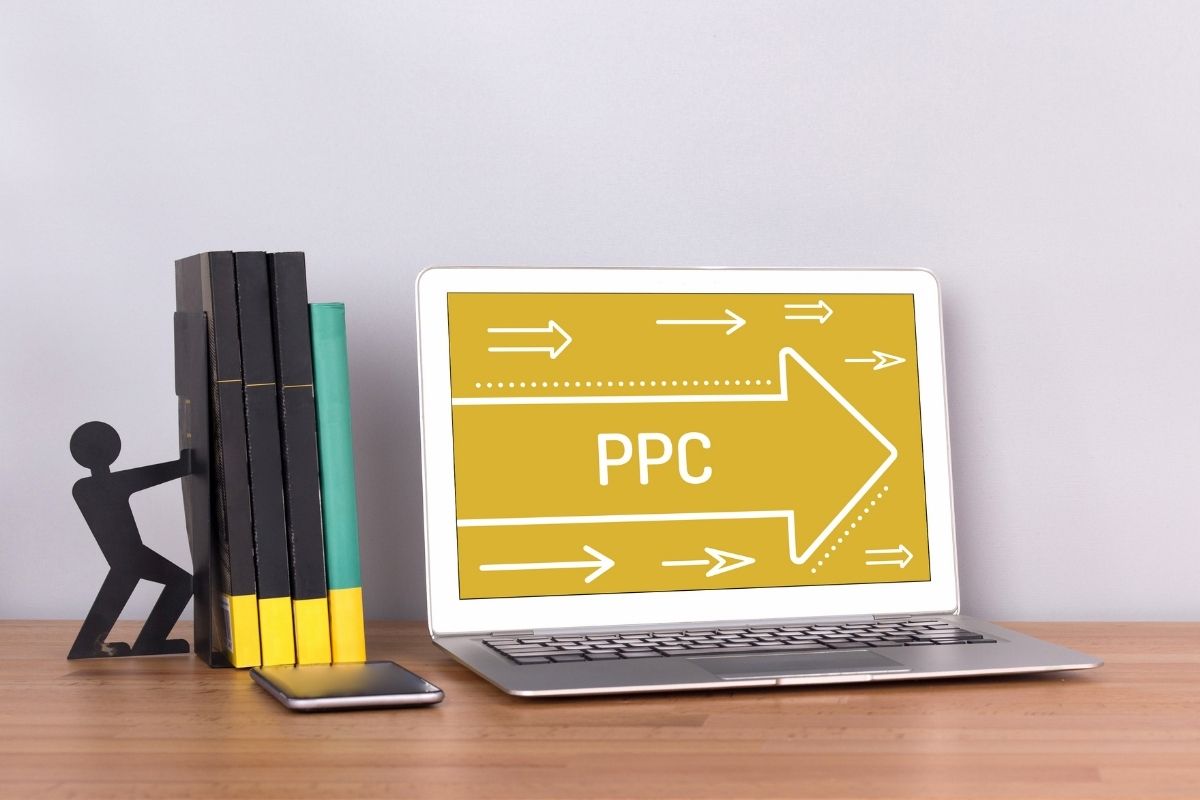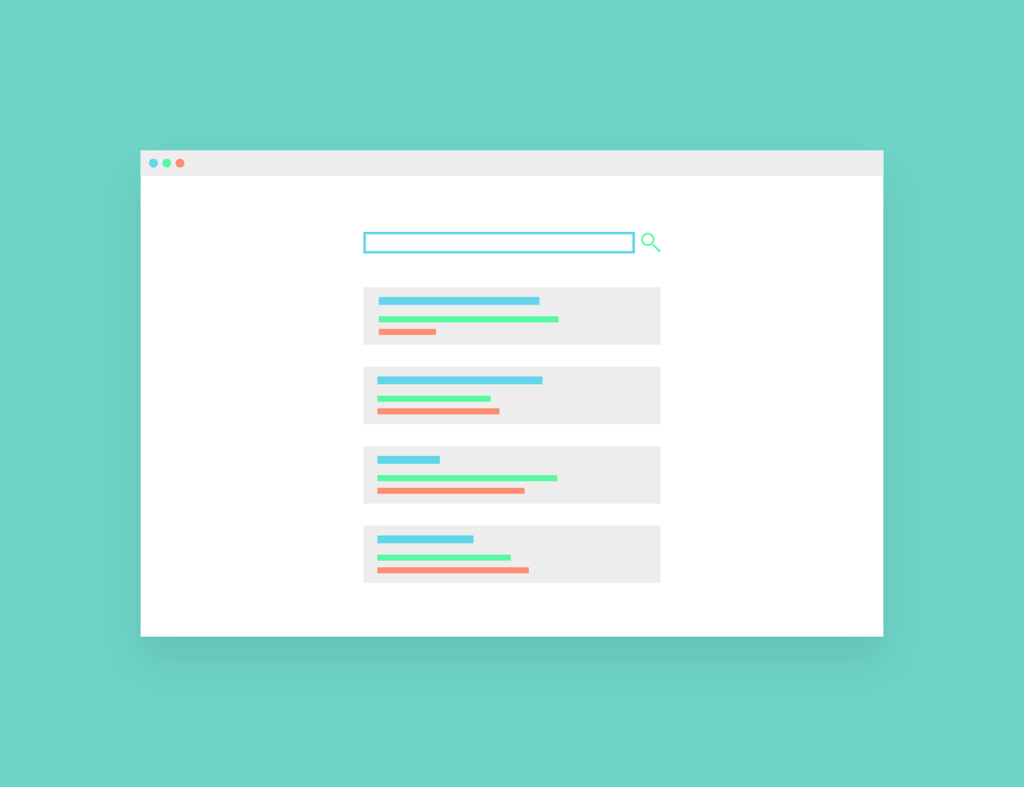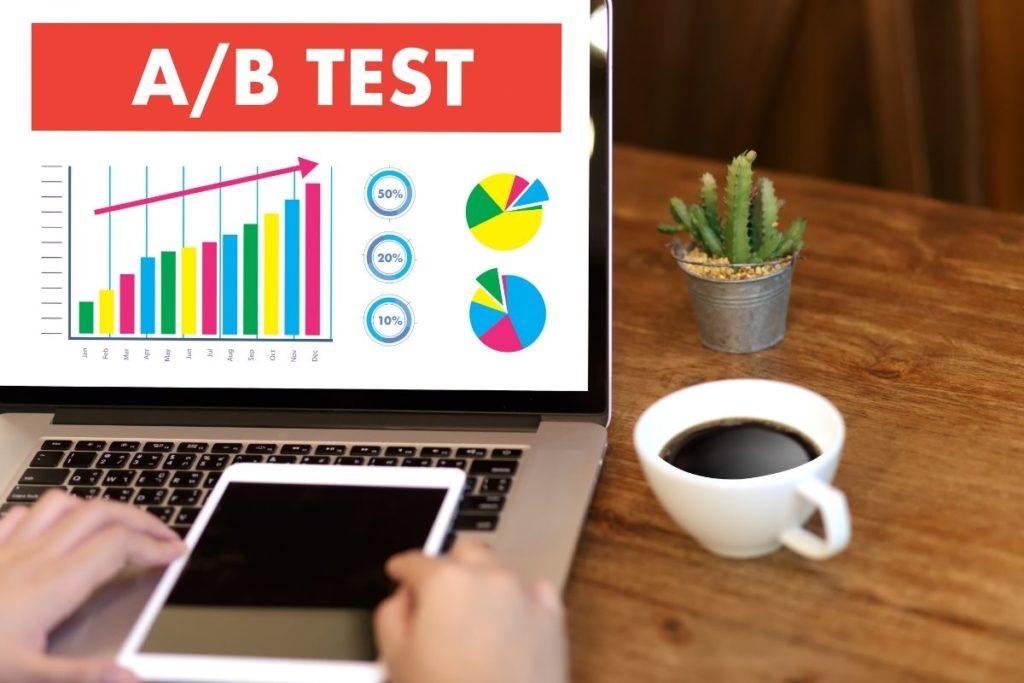
December 16, 2021, 0 Comments
The Complete Guide to PPC Strategies for 2022
As time progresses, so do the many strategies we use to achieve our desired results. Such is the case with PPC campaigns, which have been around for over two decades and continue to evolve year after year. While some fundamentals remain unchanged, such as the need for a well-crafted ad and relevant landing page, new techniques are always being developed in order to stay ahead of the competition.
In this guide, we’ll explore some of the most effective PPC strategies that will be sure to produce great results in 2022. So whether you’re just starting out with PPC or are looking for ways to improve your current campaign, read on for tips that are sure to help!
1. Quality Score Optimization
Quality Score is one of the most important factors when it comes to PPC campaigns. This metric is determined by Google and is based on a number of factors, including ad relevance, landing page quality, and click-through rate (CTR). A high Quality Score means that your ads are more likely to appear and rank higher in search results, and that your cost per click (CPC) is likely to be lower.
By regularly reviewing and making adjustments to optimize your Quality Score, you can save time and money by keeping your CPC low while increasing the likelihood of a high CTR. You can also improve Quality Score with negative keywords, which allow marketers to exclude certain phrases that may be irrelevant to their campaigns.
2. Mobile Campaign Optimization
With nearly half of all web traffic now coming from mobile devices, it’s more important than ever to ensure your PPC campaign is up-to-date and optimized for use on different platforms. A quick way to check this is by logging into your AdWords account and taking a look at your campaign settings. If you see that your “mobile extension” is set to “none,” change it now to ensure that people searching on their phones will be able to find your business!

Other tips for optimizing PPC campaigns for mobile include:
– Ad Extensions: Review which ad extensions are currently activated for your campaign, and determine which are relevant to mobile users. Mobile users may benefit from location extensions, callout extensions, and app promotions.
– Location Targeting: Make sure that your campaigns are targeting the area where your business is physically located or other keywords associated with your physical location.
– Call Tracking: Allow customers to click on your ads to call your business from their mobile devices. This is a great tip for local service-based businesses who may not rank well in certain SERPs.
– Mobile App Promotions: If you have an app that customers can use on their phones, consider promoting it through PPC campaigns in order to increase downloads and conversions.
3. Keyword Research
The backbone of any PPC campaign is a well-thought-out list of target keywords. By researching and including the most relevant keywords in your campaign, you’ll ensure that your ads are being shown to people who are actually interested in what you have to offer.
There are a number of different ways to research keywords, including using Google’s Keyword Planner or Moz Keyword Explorer. These tools are free to use, but once you begin spending money on PPC ads, Google will require that you have a verified AdWords account before they allow access to more in-depth keyword data.
4. Negative Keywords
Negative keywords can help improve your Quality Score by preventing your ads from being shown to people who are not interested in what you have to offer. This is done by adding keywords that you do not want your ads to show up for as part of your campaign.
For example, if you own a pet store, you may not want your ads to show up when someone searches for “dog food.” Using negative keywords allows you to exclude every possible keyword and every possible combination of keywords that may include the word “dog,” like:
– “dog food”
– “buy dog food online”
– “where to buy dog food near me”
By including negative keywords in your campaigns, you can make sure that your ads are only showing up for users who are actually looking for your business.

5. Ad Extensions
Ad extensions allow marketers to include extra information about their businesses and/or promotions within PPC ads, which can increase click-through rates and Quality Scores by making your ads more appealing to potential customers. There are a number of different types of ad extensions you can use, including location extensions, callout extensions, and app promotions.
Location extensions can be used to show potential customers a map of your business’ location, as well as the hours of operation. Callout extensions allow you to include additional information about your product or service in the ad, such as free shipping or 24/7 customer support. App promotions allow you to include the download link for your business’ app, which can be a great way to get customers to download and engage with your mobile app.
6. Landing Pages
Think of landing pages as advertisements specifically for PPC ads. Every time someone clicks on an ad from one of your campaigns, it should take them directly to a customized landing page that is designed to convert that person into a customer.
Your landing pages should be simple, easy-to-navigate, and include all of the information a potential customer would need in order to make a purchase or contact your business. It’s also important to make sure that your landing pages are mobile-friendly, as more and more web traffic is coming from mobile devices these days.
7. Conversion Tracking
No matter how many keywords you research, ad extensions you include, or landing pages you design, it will be impossible to determine the success of your PPC campaigns without conversion tracking.
Conversion tracking allows marketers to track exactly where customers are coming from and whether they’re converting into a specific action that was desired when developing the campaign. This data can then be used to improve the effectiveness of future campaigns by tweaking things like the target keywords, ad copy, and landing pages.
8. A/B Testing
One of the best ways to improve your PPC campaigns is through A/B testing. This process involves creating two different versions of an ad or a landing page and then testing which one performs better by running them side-by-side in separate campaigns.

You can run A/B tests on just about every aspect of your ad, including:
- The copy used in the body of the ad
- The headline or offer is shown in the header of the ad
- The keywords are chosen for the campaign
- The landing page that the ad directs users to
- By running A/B tests on your campaigns, you can fine-tune them until they’re performing at their best. This will help you to get the most out of your advertising budget and improve your return on investment.
9. Remarketing
One of the most effective ways to improve the performance of your PPC campaigns is through remarketing. This process involves targeting people who have already visited your website with custom ads.
Remarketing allows you to target people who have already shown an interest in your business, which can help to increase conversion rates and ROI. You can target people based on the pages they visited on your website, the time of day they visited, and even their IP address.
10. Video Advertising
PPC ads using video can take up less screen space than other ads while still getting your message out to potential customers. On average, videos in PPC ads receive 2x the number of views as banners or other formats, making them a great way to grab a user’s attention.
Since YouTube is owned by Google, PPC ads can also be used to boost the performance of your video marketing campaign on this platform. Running a YouTube ad campaign is an excellent strategy for promoting content that is hosted on the site and you can even add product listings or call-to-action overlays to your videos to help drive conversions.
11. Social Advertising
Social advertising is becoming an increasingly popular way to reach potential customers through platforms like Facebook and Twitter. These ads allow you to target people based on their interests, demographics, and even their purchase history.

Since social media platforms are constantly evolving, it’s important to keep up with the latest changes in order to make sure that your ads are reaching the right people. For example, Facebook has made a number of changes to its advertising platform over the past year that has made it more difficult to reach people who aren’t already fans of your page.
12. Mobile Advertising
More and more people are using their mobile devices to access the internet, which makes it essential for marketers to understand the best mobile advertising strategies.
Targeting people on their mobile devices can be challenging because there are more roadblocks than ever before between your ad and the user (including their bandwidth). However, with a comprehensive understanding of how Google, Facebook, and other platforms serve ads on different types of cell phones and tablets, you can create campaigns that reach your target audience.
13. Geo-Targeting
One of the most effective ways to improve the performance of your PPC campaigns is through geo targeting. This process involves targeting people based on their location, which can help to ensure that you’re reaching the right audience with your ads.
Geo-targeting can be used to increase conversions by catering your ad to local customers. For example, if you’re an e-commerce retailer with brick-and-mortar stores in New York City, you might want to target people who are located in or near the city.

14. Responsive Display Ads
Responsive display ads are a relatively new type of ad that adjusts to the size and shape of the device on which they’re displayed. This makes them a great option for businesses that want to create an ad that will look good on all devices, including desktops, laptops, phones, and tablets.
Google has been pushing responsive display ads as the best way to create mobile-friendly ads, and they’re now the default type of ad for the Google Display Network. If you’re not using responsive display ads yet, you should consider giving them a try.
15. Native Advertising
Native advertising is a form of advertising that matches the look and feel of the platform on which it’s displayed. For example, if you run a travel blog and want to place an ad on another website about hotels or flights, the ad will resemble an editorial review instead of looking like an ad.
Native ads are only available through platforms that have native advertising options built-in, so it’s important to consider this before running campaigns across different networks. Facebook, Twitter, and LinkedIn are a few of the most popular platforms for native advertising.
16. Retargeting
Retargeting is a type of advertising that allows you to show ads to people who have already visited your website. This can be a great way to increase conversions by targeting people who are already interested in your product or service.
There are a number of different retargeting platforms available, including AdRoll and Google’s own retargeting platform, Remarketing for Search. If you’re not currently using retargeting in your campaigns, it’s worth considering.
17. Automated Bid Management
Automated bid management is a tool that allows you to automatically adjust your bids to help increase conversions and return on investment. This is done by assigning a dollar value to each conversion you’re looking for, then telling your program what type of ad you want to serve in order to reach that goal.
Automated bid management can be used with any PPC platform, including Google AdWords, Bing Ads, Twitter Ads, and LinkedIn Ads. If you’re not using automated bid management, it’s worth considering as a way to improve the performance of your campaigns.
Conclusion:
As you can see, there are a number of different PPC strategies that can be used to improve the performance of your ads. By taking some time to understand these concepts and how they work, you can create campaigns that will help meet, and hopefully exceed your company’s goals.
No matter what types of PPC campaigns you decide to run, remember to keep an eye on your data and track conversions. By focusing on the metrics that are most important to you — like ROI or click-through rate — you can improve future campaigns based on what you learn.
The best way to get started with PPC is by setting up a free account with Google AdWords. Once you’ve created an account, you can use the AdWords platform to create and run ad campaigns. You can also find useful resources on the AdWords Support website.

Recent Comments